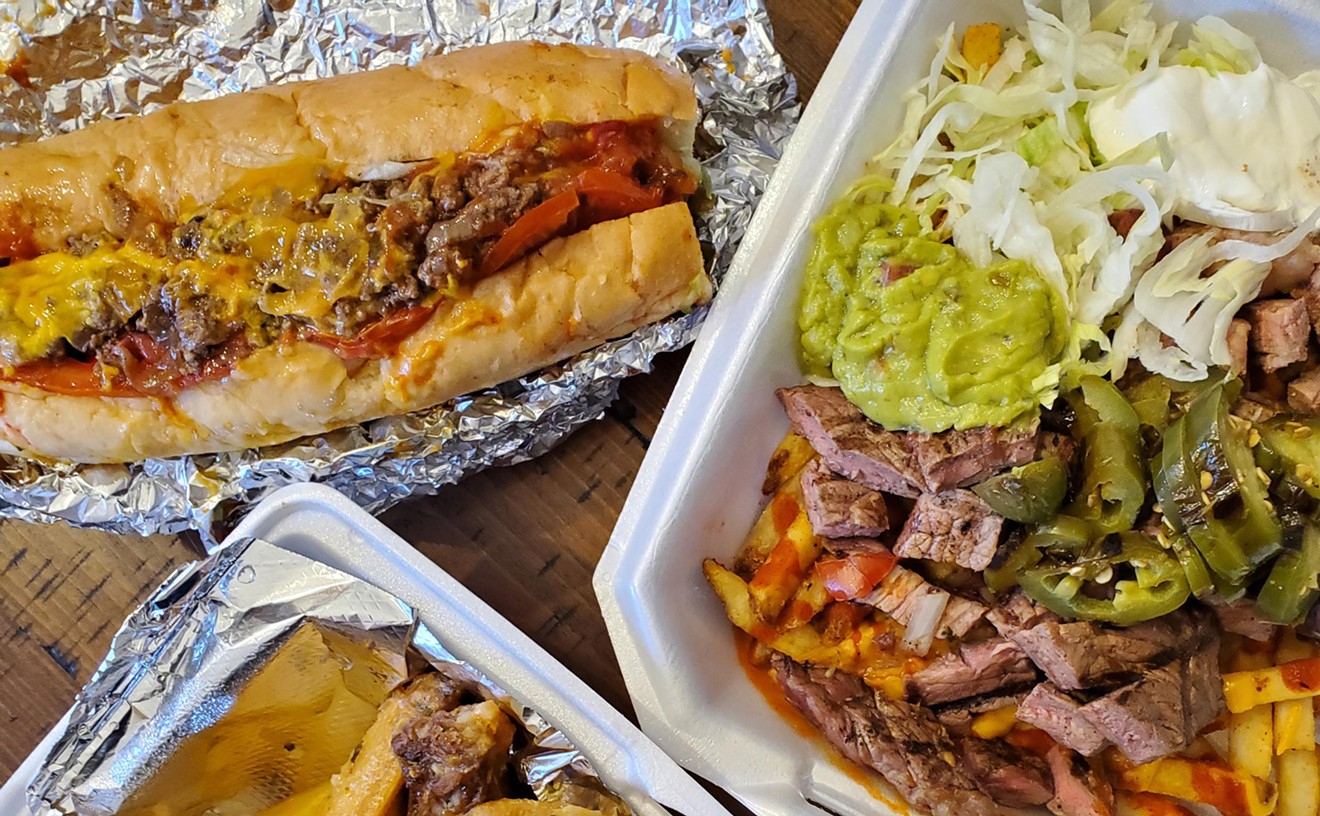Adrian Miller knows his soul food and his barbecue. He's an accredited barbecue judge and the author of Soul Food: The Surprising Story of an American Cuisine, One Plate at a Time, so he doesn't just eat soul food, he studies its history, travels the country talking to professional and home cooks, and samples regional variations at every chance. And if you share a meal with Miller, you'll notice that he nearly always asks for a red drink to accompany his barbecue or soul food, whether it's Big Red soda to pair with Texas barbecue, Kool-Aid to go along with fried chicken, or a hibiscus-based cooler for a more tropical taste with jerked chicken.
Miller devotes an entire chapter in Soul Food to red drink, which he calls "liquid soul," and to describing his "Unifying Theory of Why Black People Love Red Drinks." He explains that "more than any other beverage, they symbolize a social connection to family, friends, strangers and, unwittingly, a bond with the African diaspora."
The connection of red drinks to Africa comes from West African kola-nut or hisbiscus-flower teas, both of which sport a distinct red hue. But these days, the color is more important than the flavor, so cherry, strawberry, tropical-fruit and other crimson flavors are simply called "red."
That red color made its way into food, too; in the Mississippi Delta, the practice of dipping pickles into Kool-Aid powder for an extra hit of sweetness turned into Kool-Aid pickles, or "Koolickles," with people adding red Kool-Aid powder to their pickle jars to make the pickles more sweet-and-sour.
I recently had lunch with Miller at City & Country Deli & Sausage Co., a new sandwich shop and deli counter from Coy Webb, who also runs Roaming Buffalo Bar-B-Que two doors down. Miller was attempting to sell Webb on the idea of serving Kool-Aid pickles along with the extensive lineup of other pickled vegetables available at City & Country. Webb had his doubts — but I had nothing to lose, so I agreed to make up a batch, since I'd never tried them before and since the Mississippi Delta is a little too far away for a pickle excursion.
Miller says that the best way to make Koolickles is to purchase a jar of your favorite pickles (don't get too fancy with the brand), dump out the pickling solution and fill the jar with red Kool-Aid (made with the powdered mix), leaving the pickles themselves in place. They're ready to eat after a couple of days. That sounded a little too easy, and I had just purchased a couple of pounds of cucumbers from the Louisville Farmers' Market, so I decided to make my pickles from scratch — and I also decided to capture some of that West African history by making a batch tinted with hibiscus flowers instead of Kool-Aid.
I'll skip the exact pickle recipe (there are many good ones available online) except to say that I followed the directions on the Kool-Aid pouch to get the sweetness right, then boiled it with the right ratio of vinegar to sugar (based on the recipe I was following) and store-bought pickling spices. For the hibiscus batch, I just followed the same pickle recipe and added a handful of dried hibiscus flowers (available in most Mexican grocery stores) to the boiling liquid. I hot-canned my pickles for shelf stability, but that step isn't necessary; you can also make refrigerator pickles that will last for several weeks.
Once in the jars, the color difference between the hibiscus and powdered-drink batches was evident. The hibiscus imparted a deep, almost purple, shade of red, while the Kool-Aid batch came out pinkish-orange. After a couple of weeks, the color in the Kool-Aid batch faded significantly.
The final step was a tasting, which Miller and I completed at Anointed Soul Food & Barbecue, a new joint at 2504 West Hampden Avenue (occupying the former home of Country Time BBQ). Since Kool-Aid pickles are a Mississippi thing, we both thought soul food would be the best accompaniment. And Anointed's owner, Marriese "Mo" Jones, certainly cooks up some satisfying grub.
The verdict? Miller appreciated that I had made my pickles from scratch, but I suspect he thought I had overcomplicated the project. The pickles were good, but the flavors of Kool-Aid and hibiscus were barely detectable. Better to stick with the time-tested formula of getting rid of most of the vinegary liquid before adding the red drink.
Still, the red pickles make for a striking conversation piece at the dinner table — and bring a bit of Southern, African-American flavor to Colorado. I'll pass the Koolickle baton to the next cook willing to take on the challenge.
[
{
"name": "Air - MediumRectangle - Inline Content - Mobile Display Size",
"component": "12017618",
"insertPoint": "2",
"requiredCountToDisplay": "2"
},{
"name": "Editor Picks",
"component": "17242653",
"insertPoint": "4",
"requiredCountToDisplay": "1"
},{
"name": "Inline Links",
"component": "18838239",
"insertPoint": "8th",
"startingPoint": 8,
"requiredCountToDisplay": "7",
"maxInsertions": 25
},{
"name": "Air - MediumRectangle - Combo - Inline Content",
"component": "17261320",
"insertPoint": "8th",
"startingPoint": 8,
"requiredCountToDisplay": "7",
"maxInsertions": 25
},{
"name": "Inline Links",
"component": "18838239",
"insertPoint": "8th",
"startingPoint": 12,
"requiredCountToDisplay": "11",
"maxInsertions": 25
},{
"name": "Air - Leaderboard Tower - Combo - Inline Content",
"component": "17261321",
"insertPoint": "8th",
"startingPoint": 12,
"requiredCountToDisplay": "11",
"maxInsertions": 25
}
]











